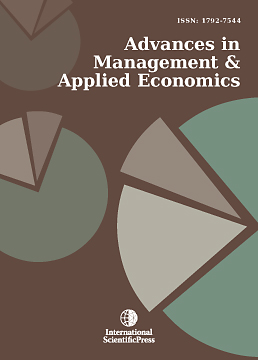Advances in Management and Applied Economics
The Dynamic Linkage and Threshold Characteristics of E-commerce and Urban-Rural Integration: Empirical Evidence from Chinese Prefecture-level Data
-
 [ Download ]
[ Download ]
- Times downloaded: 43
Abstract
This study constructs an e-commerce indicator system and an urban-rural integration indicator system based on panel data from 280 prefecture-level cities in China during 2013-2022 to measure the development levels of e-commerce and urban-rural integration in each city. A system GMM model is applied to investigate the impact of e-commerce on urban-rural integration, while a dynamic threshold model is employed to explore how specific variables influence the effect of e-commerce on urban-rural integration. The research findings reveal: (1) Over the past decade, the average level of urban-rural integration across the 280 cities increased from 0.4395 to 0.5587, with the coefficient of variation decreasing from 0.1991 to 0.1286. Similarly, the average e-commerce level rose from 0.3225 to 0.5587, with the coefficient of variation declining from 0.3543 to 0.1641. These results indicate significant improvements in the levels of urban-rural integration and e-commerce, alongside enhanced development equilibrium across cities. (2) E-commerce development has a significant positive impact on urban-rural integration, with a 1% increase in the e-commerce level resulting in a 0.190 percentage point rise in urban-rural integration. (3) The dynamic threshold model demonstrates that the impact of e-commerce on urban-rural integration is influenced by factors such as government intervention, financial development, technological advancement, and market consumption levels, with varying effects observed above and below the threshold values.
JEL classification numbers: O18.
Keywords: E-commerce; Urban-Rural Integration; GMM; Dynamic Threshold Model.
